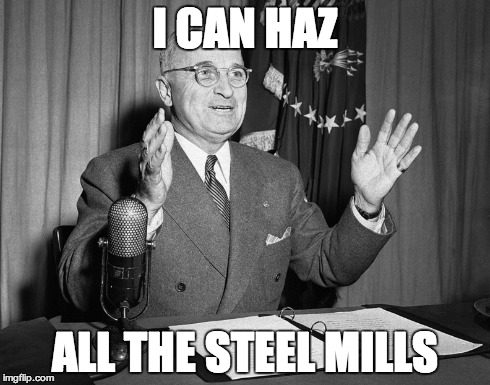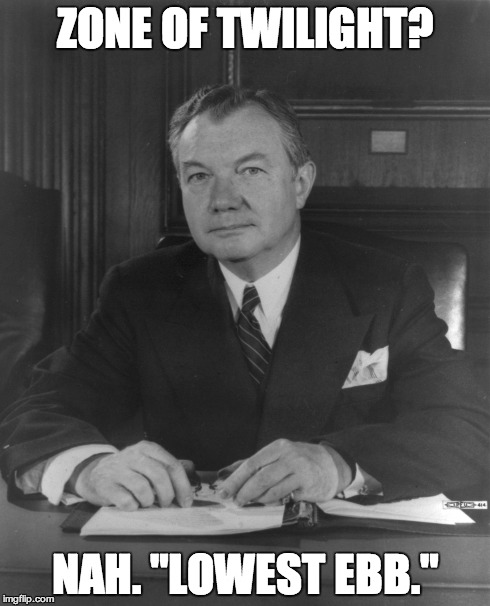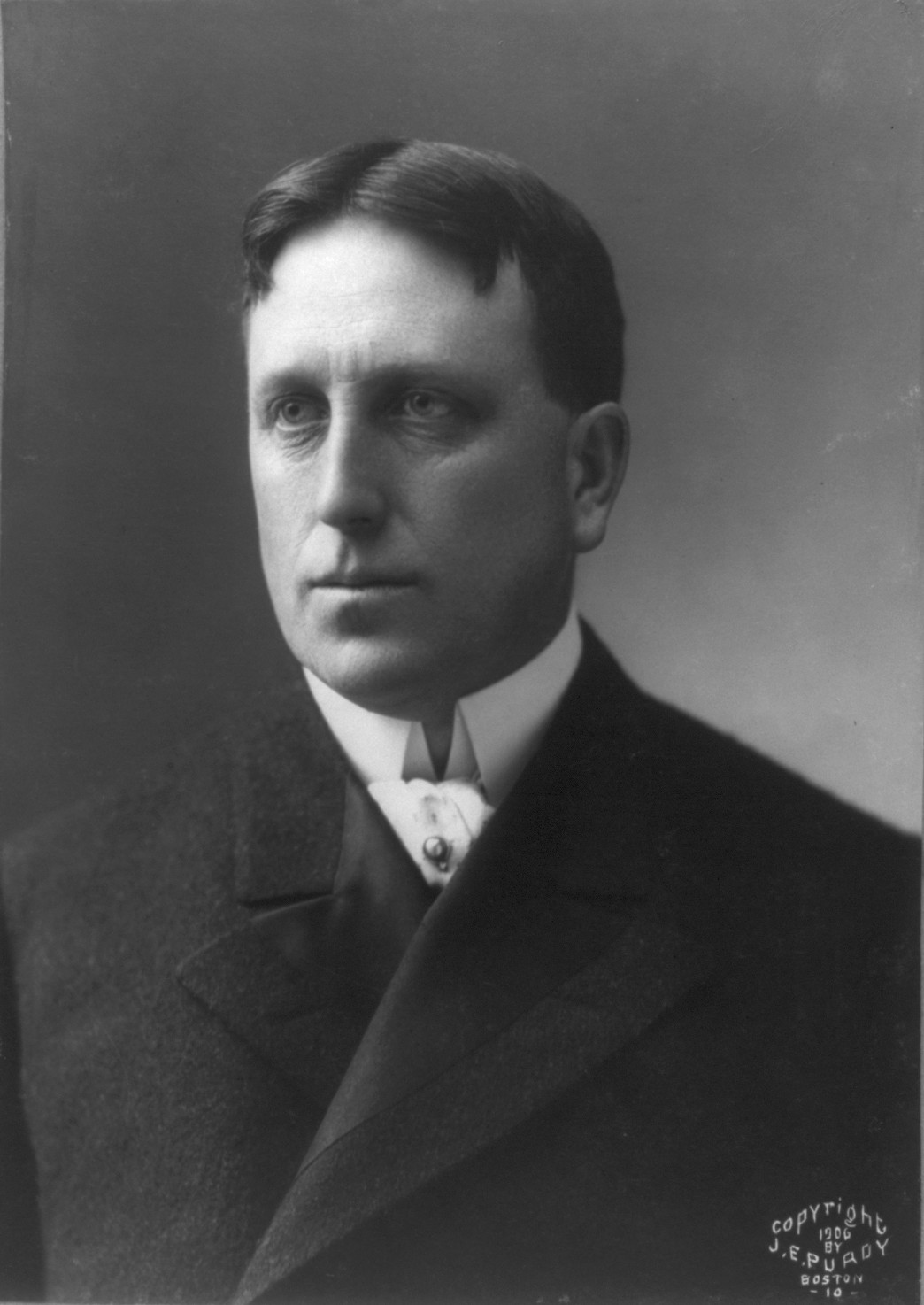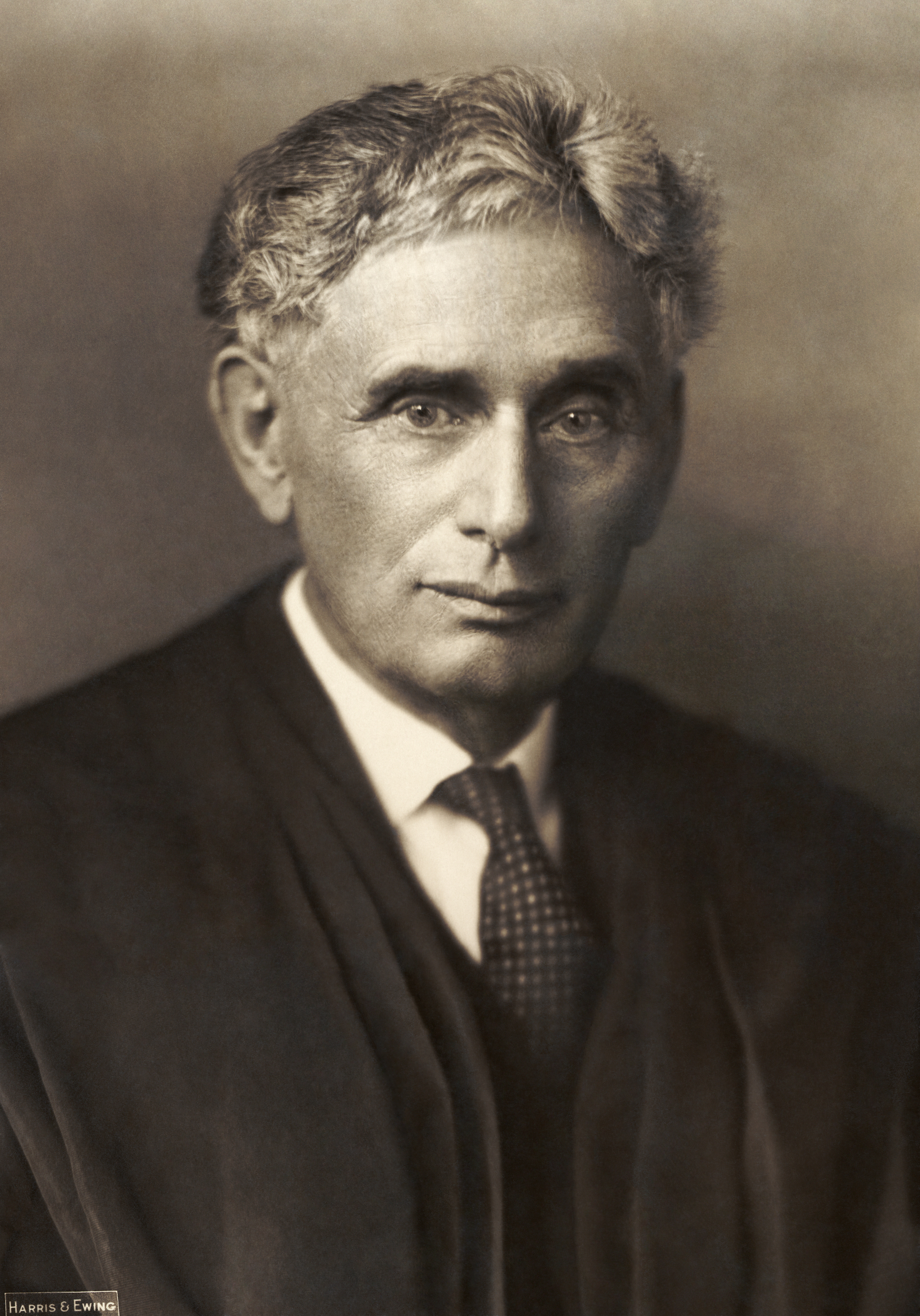The Times had a fascinating piece on trying to establish the boundary between North Carolina and South Carolina that touches on so many things I find interesting–colonial history, property lines, and the original jurisdiction of the Supreme Court! In short, to avoid the bruising litigation fees of litigating a boundary dispute to the Supreme Court the Carolinas decided to resolve the disputes themselves, based on surveys ordered from the time of King George III. So much to love about this!
First, the article offers a fascinating history of why the border is so disputed–lazy colonial surveyors:
When the two Carolinas were created as separate British colonies, they were supposed to be split by two simple straight lines: one running northwest from the Atlantic Coast to the 35th Parallel, the other following the 35th due west to the “South Seas.” But making the territory resemble the map wasn’t so easy.
The original 1735 survey party, for example, had members who sometimes didn’t show up, sometimes didn’t get paid and often gave up while trudging through the ghastly swamps and wilderness they encountered on their way up from the coast. That may explain why they failed to reach their target, the 35th Parallel, after two years of effort: Instead, they drove a stake into the ground 12 miles too far to the south, and went home.
King George III (yes that King George) tried to fix it, but it also didn’t work.
Another party, sent out in 1764 to continue the survey, headed west from that same erroneous stake, despite explicit orders from King George III to verify that the first surveyors had indeed reached the 35th Parallel. By the time they detected their error, 64 miles later, they had shaved 422,000 acres off what was supposed to be South Carolina. Subsequent efforts to compensate South Carolina by continuing the westward line slightly north of the 35th Parallel were similarly jinxed, this time by a compass-deflecting magnetic anomaly west of present-day Charlotte, N.C., that skewed the boundary slightly northwest, carving thousands of acres out of what was supposed to be North Carolina.
Second, the article explores some other costly state-v-state litigation, including Georgia v. Tennessee (which didn’t make it to the Court), Georgia v. South Carolina (boundary along Savannah River), and New Jersey v. New York (dispute over Ellis Island).
Georgia and Tennessee, to cite the loudest current example, are trading insults and ultimatums over a strip of land barely a mile wide. In 1990 Georgia marched South Carolina to the Supreme Court over a handful of islands in the Savannah River (South Carolina prevailed). New Jersey did the same to New York a few years later over landfill around Ellis Island. When New Jersey won, Rudolph W. Giuliani, then the mayor of New York City, quipped, “It must have been a fix.” …
The default response these days to situations like this is usually conflict, which can be costly. The legal bill for South Carolina’s defense against Georgia, for example, topped $10 million, and so traumatized South Carolina officials that they looked for a peaceful way to find the missing border with North Carolina.
To avoid that problem, North and South Carolina decided to work it out amicably.
The Carolinas have shown that cooperation is cheaper than litigation. Sidney C. Miller, the boundary commission’s co-chairman from South Carolina, said 20 years of boundary resurveying had cost his state just a fraction of the bills from the 1990 Georgia lawsuit, not to mention lower levels of stress and vitriol.
And they had to use sophisticated technology to match up the metes and bounds of surveys from days of yesteryear.
In 1993 the two states’ mapping agencies pledged to cooperate, harnessing geospatial technology to old-fashioned detective work. In one border segment near Charlotte, they unearthed colonial-era property maps that had used the boundary trees as tract corners and overlaid Geographic Information System data — mapping technology accurate within inches — to calculate where the trees once stood.
In another segment, researchers found a stone boundary monument that had been set as part of a 1928 resurvey, except it now stood near a tee on a golf course. Officials at the course had moved it years before so duffers could brag about their two-state tee shot. Using the original 1928 maps, advanced mathematics and some informed guesswork, the joint survey teams navigated to the exact spot where the monument had been uprooted, and even found its broken-off base.
By 2013, the entire 334-mile boundary had been relocated and re-marked.
Fascinating.







